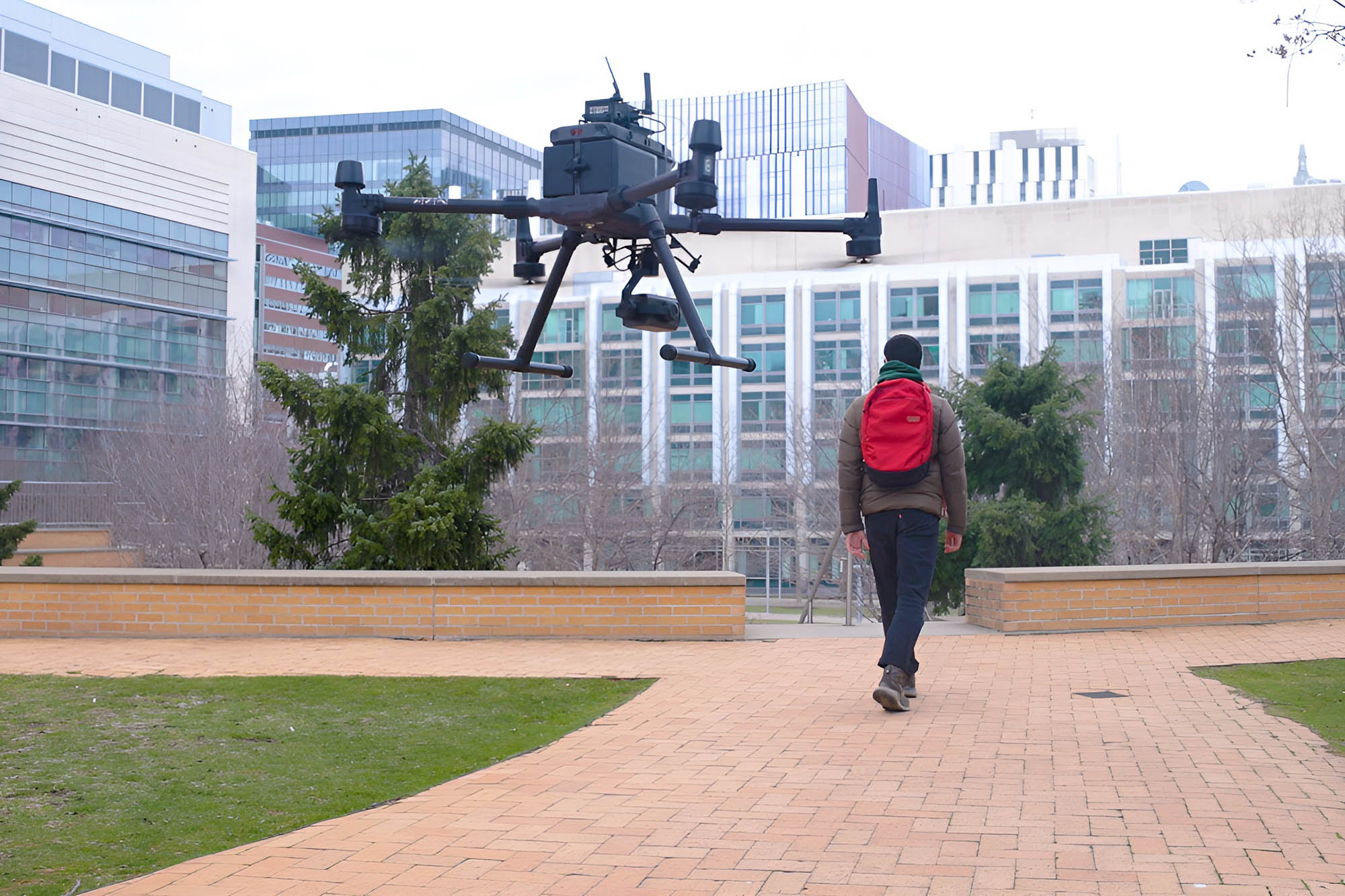As the world of computer graphics continues to evolve at a breakneck pace, NVIDIA Research is poised to showcase its latest breakthroughs at SIGGRAPH 2024. The annual conference, set to take place from July 28 to August 1 in Denver, will serve as a platform for NVIDIA to unveil a suite of advancements in rendering, simulation, and generative AI that promise to reshape the landscape of visual computing.
With over 20 papers slated for presentation, NVIDIA's research teams are pushing the boundaries of what's possible in synthetic data generation, inverse rendering, and AI-powered graphics. These innovations aren't just academic exercises; they're laying the groundwork for tools that will empower developers and businesses to create increasingly complex and realistic virtual worlds.
At the heart of NVIDIA's SIGGRAPH lineup are significant improvements to diffusion models, which have become a cornerstone of visual generative AI. One standout project, ConsiStory, tackles a persistent challenge in AI-generated imagery: maintaining character consistency across multiple images. Developed in collaboration with Tel Aviv University, ConsiStory introduces a technique called subject-driven shared attention. This innovation dramatically reduces the time required to generate consistent character imagery from 13 minutes to a mere 30 seconds – a game-changer for storytellers and content creators working on projects like comic strips or storyboards.
Another exciting development comes in the form of an AI model that applies 2D generative diffusion techniques to 3D texture painting. This tool allows artists to paint complex, AI-generated textures onto 3D meshes in real-time, opening up new possibilities for rapid prototyping and creative experimentation in 3D design.
NVIDIA's research isn't limited to static imagery. The company is making significant strides in physics-based simulation, bridging the gap between physical objects and their digital counterparts. The SuperPADL framework, for instance, uses a combination of reinforcement learning and supervised learning to simulate complex human motions based on text prompts. Trained on over 5,000 skills, SuperPADL can run in real-time on consumer-grade NVIDIA GPUs, making sophisticated motion simulation more accessible than ever before.
In the realm of rendering, NVIDIA researchers are tackling some of the most challenging aspects of realistic graphics. One paper, produced in collaboration with the University of Waterloo, presents a method for simulating free-space diffraction up to 1,000 times faster than previous techniques. This breakthrough has implications not just for visible light rendering, but also for simulating radar, sound, and radio waves – crucial for applications like training self-driving cars.
The company is also making waves in 3D AI, with projects like fVDB, a GPU-optimized framework for 3D deep learning that can handle city-scale models and high-resolution NeRFs. This technology could revolutionize how we create and interact with large-scale virtual environments.
NVIDIA's presence at SIGGRAPH 2024 extends beyond paper presentations. The company is hosting a fireside chat featuring founder and CEO Jensen Huang, who will discuss the impact of robotics and AI on industrial digitalization. Additionally, NVIDIA is organizing OpenUSD Day, a full-day event focused on the adoption and evolution of OpenUSD for building AI-enabled 3D pipelines.
These advancements represent more than just incremental improvements in graphics technology. They signify a fundamental shift in how we create, interact with, and understand visual data. As AI continues to intertwine with traditional computer graphics techniques, we're witnessing the birth of new tools that blur the lines between the real and the virtual.
For industries ranging from film and game development to scientific visualization and industrial design, NVIDIA's research offers a glimpse into a future where the creation of complex, realistic digital worlds is faster, more intuitive, and more accessible than ever before. As these technologies mature and find their way into production tools, we can expect to see a new era of creativity and innovation in visual computing.
As SIGGRAPH 2024 approaches, all eyes will be on NVIDIA to see how these groundbreaking technologies will shape the future of computer graphics and beyond. With its commitment to pushing the boundaries of what's possible in AI and visual computing, NVIDIA continues to cement its position at the forefront of the graphics revolution.


















